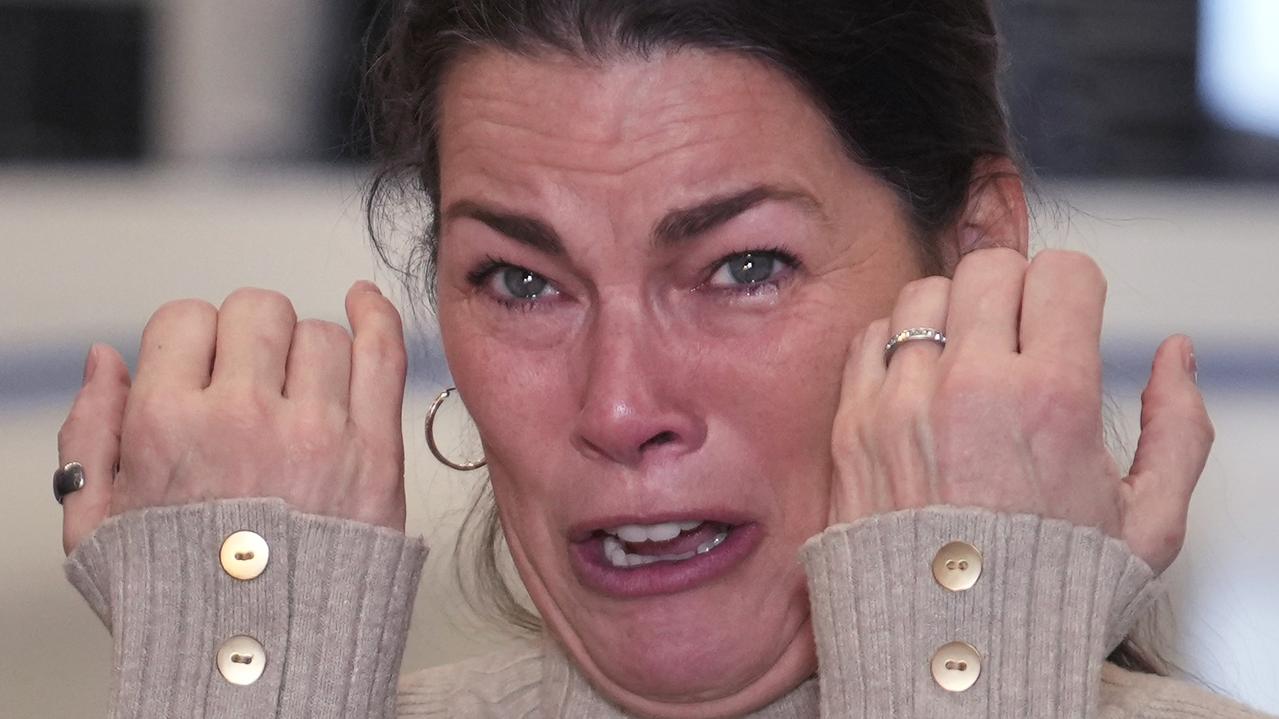Athletes face becoming violently ill at the 2016 Olympics by swimming in contaminated water
ATHLETES at the 2016 Rio Olympics will be competing in waters polluted by human faeces and dangerous levels of untreated waste.
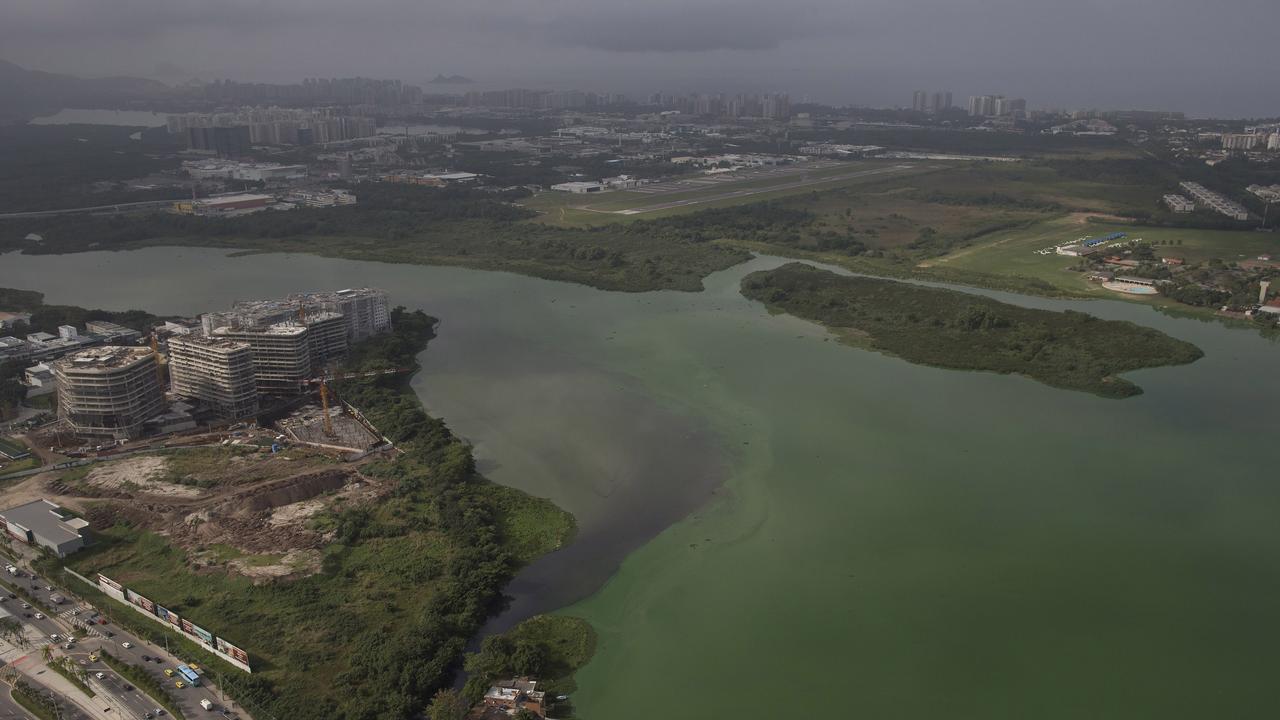
ATHLETES competing in next year’s Summer Olympics in Rio de Janeiro will be swimming and boating in waters so contaminated with human faeces that they risk becoming violently ill and unable to compete in the games, an Associated Press investigation has found.
An AP analysis of water quality revealed dangerously high levels of viruses and bacteria from human sewage in Olympic and Paralympic venues — results that alarmed international experts and dismayed competitors training in Rio, some of whom have already fallen ill with fevers, vomiting and diarrhoea.
It is the first independent comprehensive testing for both viruses and bacteria at the Olympic sites.
Brazilian officials have assured that the water will be safe for the Olympic athletes. But the government does not test for viruses.
Extreme water pollution is common in Brazil, where the majority of sewage is not treated. Raw waste runs through open-air ditches to streams and rivers that feed the Olympic water sites.
As a result, Olympic athletes are almost certain to come into contact with disease-causing viruses that in some tests measured up to 1.7 million times the level of what would be considered hazardous on a southern California beach.
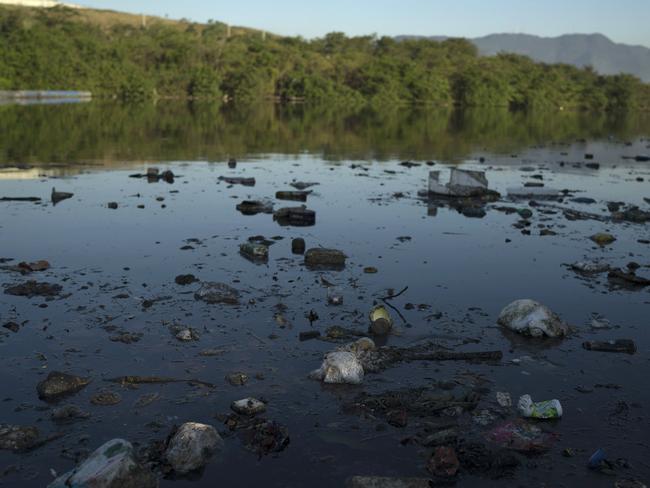
Despite decades of official pledges to clean up the mess, the stench of raw sewage still greets travellers touching down at Rio’s international airport. Prime beaches are deserted because the surf is thick with putrid sludge, and periodic die-offs leave the Olympic lake, Rodrigo de Freitas, littered with rotting fish.
“What you have there is basically raw sewage,” said John Griffith, a marine biologist at the Southern California Coastal Water Research Project. Griffith examined the protocols, methodology and results of the AP tests.
“It’s all the water from the toilets and the showers and whatever people put down their sinks, all mixed up, and it’s going out into the beach waters. Those kinds of things would be shut down immediately if found here,” he said, referring to the US
Vera Oliveira, head of water monitoring for Rio’s municipal environmental secretariat, said officials are not testing viral levels at the Olympic lake, the water quality of which is the city’s responsibility.
The other Olympic water venues are under the control of the Rio state environmental agency.
Co-ordinator of water quality monitoring for the state’s environmental agency Leonardo Daemon said officials are strictly following Brazilian regulations on water quality, which are all based on bacteria levels, as are those of almost all nations.
“What would be the standard that should be followed for the quantity of virus? Because the presence or absence of virus in the water...needs to have a standard, a limit,” said Daemon. “You don’t have a standard for the quantity of virus in relation to human health when it comes to contact with water.”
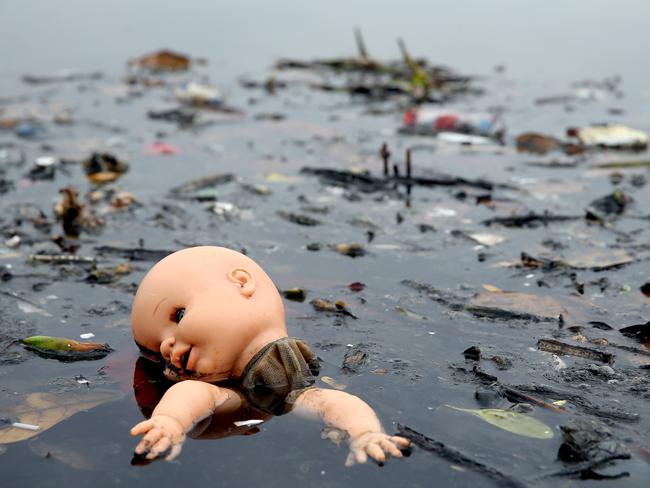
Over 10,000 athletes from 205 nations are expected to compete in next year’s Olympics. Nearly 1,400 of them will be sailing in the waters near Marina da Gloria in Guanabara Bay, swimming off Copacabana beach, and canoeing and rowing on the brackish waters of the Rodrigo de Freitas Lake.
The AP commissioned four rounds of testing in each of those three Olympic water venues, and also in the surf off Ipanema Beach, which is popular with tourists but where no events will be held. Thirty-seven samples were checked for three types of human adenovirus, as well as rotavirus, enterovirus and fecal coliforms.
The AP viral testing, which will continue in the coming year, found not one water venue safe for swimming or boating, according to global water experts.
Instead, the test results found high counts of active and infectious human adenoviruses, which multiply in the intestinal and respiratory tracts of people. These are viruses that are known to cause respiratory and digestive illnesses, including explosive diarrhoea and vomiting, but can also lead to more serious heart, brain and other diseases.
The concentrations of the viruses in all tests were roughly equivalent to that seen in raw sewage — even at one of the least-polluted areas tested, the Copacabana Beach, where marathon and triathlon swimming will take place and where many of the expected 350,000 foreign tourists may take a dip.
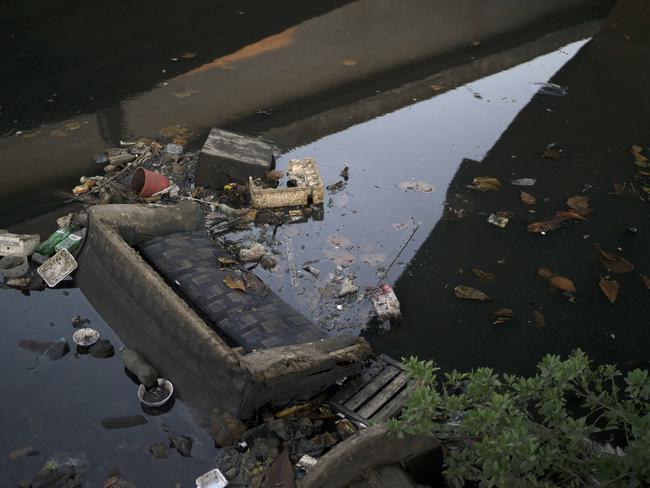
“Everybody runs the risk of infection in these polluted waters,” said Dr. Carlos Terra, a hepatologist and head of a Rio-based association of doctors specialising in the research and treatment of liver diseases.
Kristina Mena, a US expert in risk assessment for waterborne viruses, examined the AP data and estimated that international athletes at all water venues would have a 99 per cent chance of infection if they ingested just three teaspoons of water — though whether a person will fall ill depends on immunity and other factors.
The Rodrigo de Freitas Lake, which was largely cleaned up in recent years, was thought be safe for rowers and canoers. Yet tests found its waters to be among the most polluted for Olympic sites, with results ranging from 14 million adenoviruses per litre on the low end to 1.7 billion per litre at the high end.
By comparison, water quality experts who monitor beaches in southern California become alarmed if they see viral counts reaching 1,000 per litre.
“If I were going to be in the Olympics,” said Griffith, the California water expert, “I would probably go early and get exposed and build up my immunity system to these viruses before I had to compete, because I don’t see how they’re going to solve this sewage problem.”
---

